Six Creativity Crushers!
Now that you know that you aren’t born with a specific level of creative ability, you can be intentional about strengthening and stimulating your creativity muscles. You also need to be aware of the six insidious “creativity crushers.” These are common mindsets or situations that can impede creativity and strangle your and your team’s ability to come up with your best ideas.
Here are the six creativity crushers to watch for:
- Fear of failure or loss. Consider that it is not the experience of failure that holds you back. You have failed countless times in life, and (in most cases) these failures haven’t done you any permanent damage. It is actually the possibility of failure that prevents action and becomes the primary reason for failure! Failure is the gateway to success. Our greatest barrier to success is our resistance to temporary incompetence in any situation. Being uncomfortable occurs before a breakthrough. How can you make peace with your temporary incompetence when trying something new?
- Ego-driven leaders. Too often we see leaders who believe it is their job to be the idea-generator and problem-solver. But as Steve Jobs famously said, “It doesn’t make sense to hire smart people and then tell them what to do; we hire smart people so they can tell us what to do.” Don’t lose the opportunity to engage your team and get their ideas. How are you empowering others and not getting in their way?
- Lack of resources. Unsurprisingly, a Harvard study revealed that while money and physical resources are important to creativity, mental resources were most important, and time was essential. Creativity requires time to flourish. It takes time to reconceptualize problems and to look at a variety of solutions from different angles. When a person is under too much pressure from a lack of resources, the body’s response is to go into fight, flight or freeze which limits access to the pre-frontal cortex where real creative thinking happens. Research shows that we thrive when we are “busy”, but not rushed. How can you make more time for creativity?
- Lack of talent optimization. “Everybody is a genius. But if you judge a fish by its ability to climb a tree, it will live its whole life believing that it is stupid.” – Albert Einstein
A person striving to fill a role that doesn’t allow them to use their strengths is a sure way to kill creativity. We are big believers in the value of flow, and flow can only be achieved when you are bringing the best of your own abilities to your work. In the wrong role, even great employees can struggle to keep up and work in a constant state of creativity-crushing panic. How do you know and leverage the strengths of your team members, ensuring the right person is in the right role?
- Homeostasis. Homeostasis refers to a deep subconscious desire to remain consistent with what you have done or said in the past instead of changing or adapting to the situation. The brain seeks to organize thoughts–often in response to incoming information–into the stability of sequences. When a sequence or pattern is repeated, it becomes a thought pattern or mindset. Future thoughts will flow easily along the same path, and it becomes a habitual way of looking at a situation or problem. Beware of recycling old ideas with tiny tweaks and calling it progress! What do you need to let go of in order to move forward creatively?
“It’s easy to come up with new ideas; the hard part is letting go of what worked for you two years ago, but will soon be out of date.”
– Roger Von Oech
- A “no, but” culture. If people in your organization are not continually stimulating their minds with new ideas and information, the brain loses its vitality and energy (very much like a muscle that is not exercised). A mind that is not being challenged can become dull, complacent and averse to change. This can establish a stagnated culture where the response to something new is “no, but” rather than “yes, and”. This resistance derails great ideas just as they start to germinate and halts any hope for true innovation. Our most challenging culture projects are always with organizations that have deep-rooted traditions and lots of excuses for why something can’t work. How can you include more “yes, and” in your thinking?
If you want to make the most of the brilliant minds around you (including your own), embrace failure, empower your team, make time for creativity, put the right person in the right role, beware of the status quo, and embrace the improv phrase of “yes, and.”

